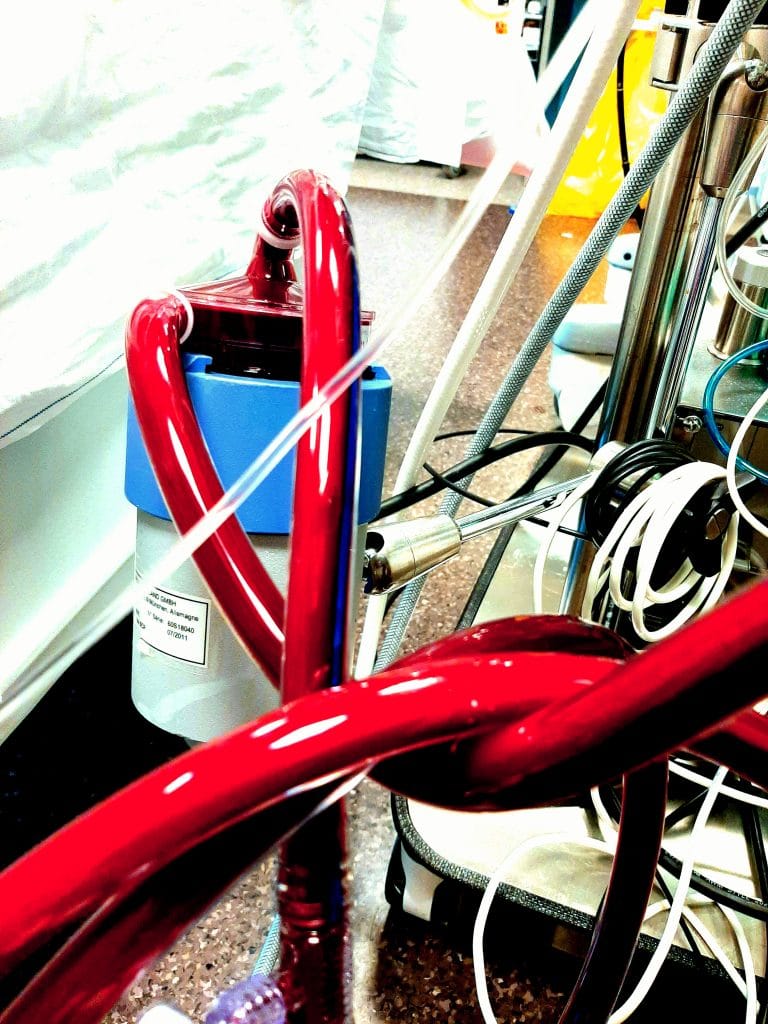The Effect of Using the Minimized Cardio-Pulmonary Bypass Systems for Coronary Artery Bypass Grafting in Diabetic Patients

Introduction
Multiple studies have shown a decrease in the inflammatory response with minimized bypass circuits leading to less complications and mortality rate. On the other hand, some other studies showed that there is no difference in post-operative outcomes. So, the aim of this study is to investigate the clinical benefits of using the Minimized cardiopulmonary Bypass system in Coronary Artery Bypass Grafting and its effect on postoperative morbidity and mortality in diabetic patients as one of the high-risk groups that may benefit from these systems.
Methods
This is a retrospective study that included 114 diabetic patients who underwent Coronary artery bypass grafting (67 patients with conventional cardiopulmonary bypass system and 47 with Minimized cardiopulmonary bypass system). The patients’ demographics, intra-operative characteristics and postoperative complications were compared between the two groups.
Results
Coronary artery bypass grafting was done on a beating heart less commonly in the conventional cardiopulmonary bypass group (44.78% vs. 63.83%, p = 0.045). There was no difference between the two groups in blood loss or transfusion requirements. Four patients in the conventional cardiopulmonary bypass group suffered perioperative myocardial infarction while no one had perioperative myocardial infarction in the Minimized cardiopulmonary bypass group. On the other hand, less patients in the conventional group had postoperative Atrial Fibrillation (4.55% vs. 27.5%, p = 0.001). The requirements for Adrenaline and Nor-Adrenaline infusions were more common the conventional group than the Minimized group.
Conclusion
The use of conventional cardiopulmonary bypass for Coronary Artery Bypass Grafting in diabetic patients was associated with higher use of postoperative vasogenic and inotropic support. However, that did not translate into higher complications rate or mortality.
